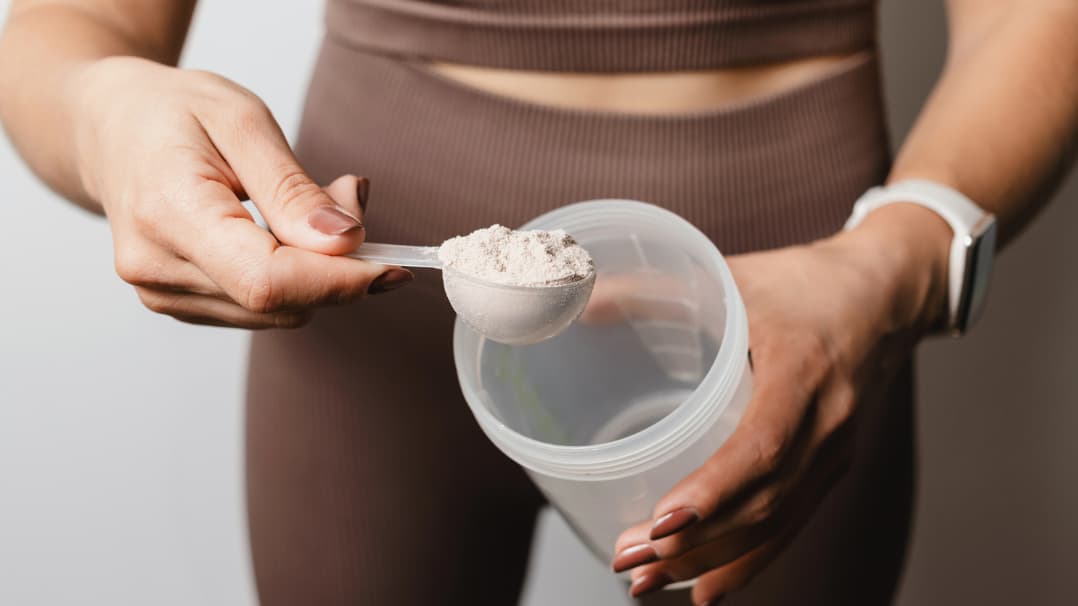Bacillus Clausii
Bacillus clausii (recently renamed Alkalihalobacillus clausii) is a spore-forming probiotic (sometimes described as a sporebiotic). It is considered to be a soil-based organism (or SBO), because it can be found in the soil. Bacillus clausii has been found in the normal microflora of the gut in healthy adults and children [1,2]. Bacillus have also long been used in foods, particularly in the preparation of alkaline-fermented foods and soy-based food products. Spore-forming probiotics, like Bacillus clausii, can be thought of as being akin to seeds from plants that germinate and grow when placed in the right conditions. The naturally protected spore form allows Bacillus clausii to be: (1) stable at room temperature (i.e., it does not require refrigeration), (2) remain dormant to survive the harsh conditions of the stomach, and (3) germinate and proliferate when it reaches the intestine.
TOP BENEFITS OF Bacillus clausii
Supports digestive health*
Supports healthy gut microbiota*
Supports healthy immune function*
QUALIA’S Bacillus clausii SOURCING
Bacillus clausii is a non-GMO, gluten-free, and vegan ingredient in Qualia Probiotic+.
Bacillus clausii FORMULATION PRINCIPLES AND RATIONALE
We chose Bacillus clausii for a couple reasons. Most probiotics are fragile. They require refrigeration and do poorly when exposed to air and moisture (which they are repeatedly exposed to when containers are opened and closed). We wanted a resilient probiotic. Bacillus clausii is resilient: it is shelf-stable and doesn’t require refrigeration. Probiotics are “live microorganisms which when administered in adequate amounts confer a health benefit on the host” [3]. The most well-supported benefits they confer are with digestive health—probiotics work in the gut. But some probiotics also support immune health or other areas. Bacillus clausii has been used for supporting gut and immune health for more than 40 years.* Lastly, we wanted probiotics that have been used together. Bacillus clausii has been studied in combination with the two other probiotics we are using in Qualia Probiotic+, Bacillus subtilis and Bacillus coagulans. We selected our suggested serving (500 million CFU) to add to and complement the amount of the probiotic blend. [Note: CFU stands for colony-forming units: it is the number of live cells in a serving.]
Bacillus clausii KEY MECHANISMS
Supports gastrointestinal health and gut microbiota*
Supports healthy gut ecosystem* [4]
Supports healthy gastrointestinal function* [5–7]
Support mucosal barrier integrity and healthy gut barrier defenses* [8,9]
Supports healthy immune function*
Support healthy immune function* [8–13]
Complementary ingredients*
Bacillus subtilis + Bacillus coagulans in supporting digestion* [14]
*These statements have not been evaluated by the Food and Drug Administration. This product is not intended to diagnose, treat, cure, or prevent any disease.
REFERENCES
[1]R.B. Ellis-Pegler, C. Crabtree, H.P. Lambert, J. Hyg. 75 (1975) 135–142.
[2]L. Hoyles, H. Honda, N.A. Logan, G. Halket, R.M. La Ragione, A.L. McCartney, Res. Microbiol. 163 (2012) 3–13.
[3]C. Hill, F. Guarner, G. Reid, G.R. Gibson, D.J. Merenstein, B. Pot, L. Morelli, R.B. Canani, H.J. Flint, S. Salminen, P.C. Calder, M.E. Sanders, Nat. Rev. Gastroenterol. Hepatol. 11 (2014) 506–514.
[4]M. Gabrielli, E.C. Lauritano, E. Scarpellini, A. Lupascu, V. Ojetti, G. Gasbarrini, N.G. Silveri, A. Gasbarrini, Official Journal of the American College of Gastroenterology | ACG 104 (2009) 1327.
[5]M.R. Sudha, S. Bhonagiri, M.A. Kumar, Benef. Microbes 4 (2013) 211–216.
[6]E.C. Nista, M. Candelli, F. Cremonini, I.A. Cazzato, M.A. Zocco, F. Franceschi, G. Cammarota, G. Gasbarrini, A. Gasbarrini, Alimentary Pharmacology & Therapeutics 20 (2004) 1181–1188.
[7]M. Plomer, M. Perez Iii, D.M. Greifenberg, Infect Dis Ther 9 (2020) 867–878.
[8]L. Paparo, L. Tripodi, C. Bruno, L. Pisapia, C. Damiano, L. Pastore, R. Berni Canani, Sci. Rep. 10 (2020) 12636.
[9]S. Di Caro, H. Tao, A. Grillo, F. Franceschi, C. Elia, M.A. Zocco, G. Gasbarrini, A.R. Sepulveda, A. Gasbarrini, Eur. J. Gastroenterol. Hepatol. 17 (2005) 951–960.
[10]M.C. Urdaci, P. Bressollier, I. Pinchuk, J. Clin. Gastroenterol. 38 (2004) S86–90.
[11]G. Ciprandi, A. Vizzaccaro, I. Cirillo, M.A. Tosca, Allergy 60 (2005) 702–703.
[12]H.Y. Dar, S. Pal, P. Shukla, P.K. Mishra, G.B. Tomar, N. Chattopadhyay, R.K. Srivastava, Nutrition 54 (2018) 118–128.
[13]B. Pradhan, D. Guha, A.K. Naik, A. Banerjee, S. Tambat, S. Chawla, S. Senapati, P. Aich, Probiotics Antimicrob. Proteins 11 (2019) 887–904.
[14]R.J. Soman, M.V. Swamy, International Journal of Colorectal Disease 34 (2019) 1971–1978.





